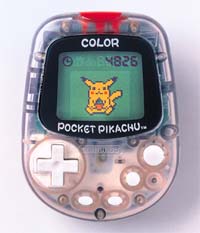Bubble Smile is one of the few games that came with one of my cell-phones over the years that was an actual complete game instead of a demo. But, it’s not really anything to get too excited about.
It’s a really simple puzzle game where you are presented with a screen full of bubbles of various colors, and you have to line up three in a row to clear them from the field (they smile when you do so, clever, eh?). Then the bubbles on the screen collapse down to fill in the empty spots while others fall from the top of the screen to fill up those empty spots. Your only control is to take any triangle of bubbles and rotate them either direction.
There are two modes in this game, Skilled and Timed. Timed is over when you run out of time (duh). Skilled is over when you have done a certain amount of moves, but if you set up chains you get more moves. The thing is, though, that most of the time the chains that I would do would be large and unintentional. They’d be completed by the random bubbles falling from the sky. Heck, about half the time I would start a new game and then be unable to play for at least 30 seconds while the random screen generation got a few dozen chains/combos.
Lame.
I played this game a whole lot because I somehow fooled myself into thinking it was kind of good. As it happens the only reason I really played this game was because it was free and it was the only game I had on my phone at the time.
